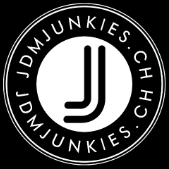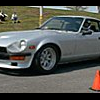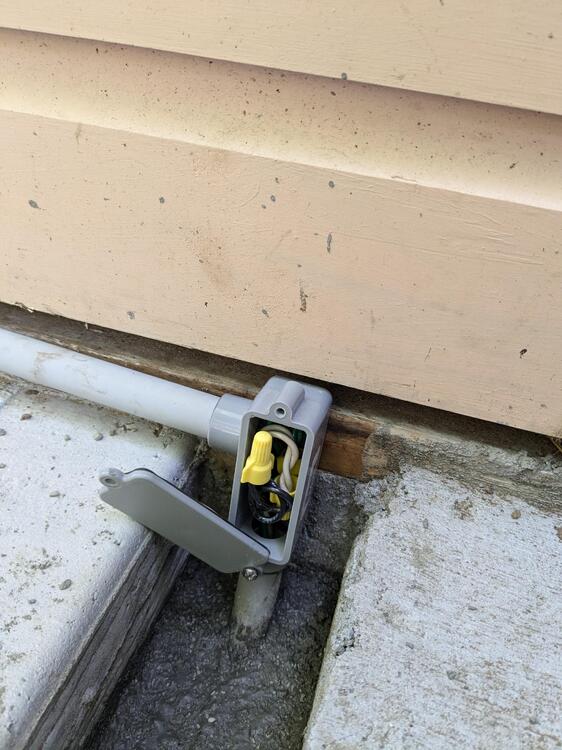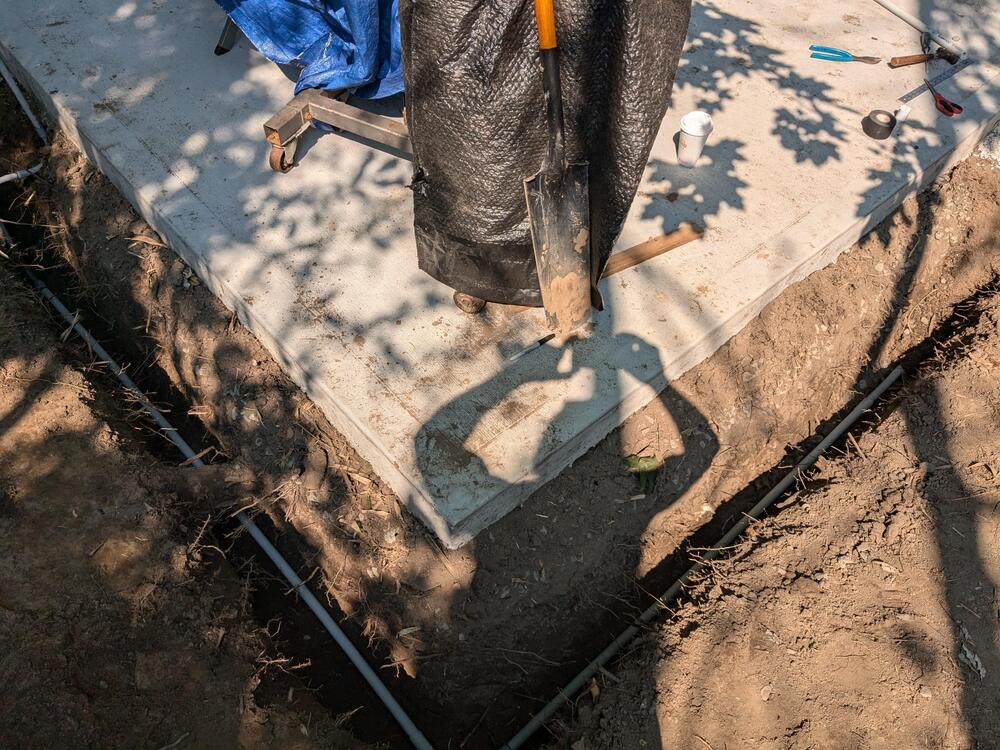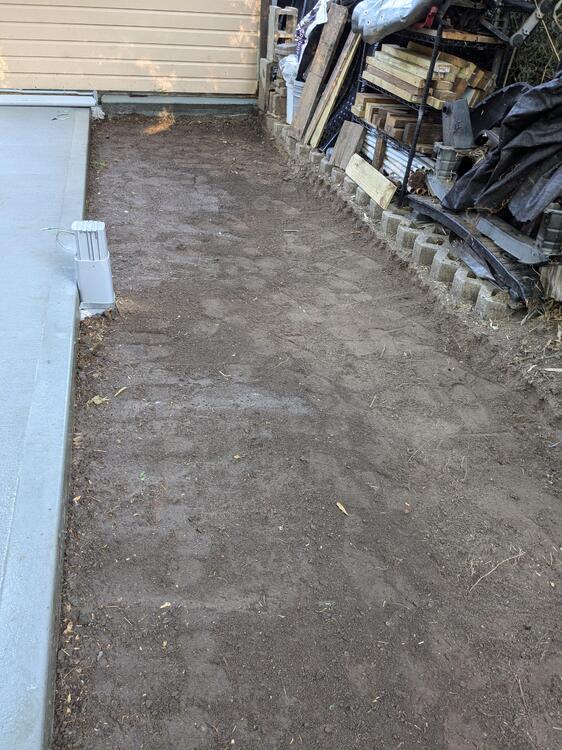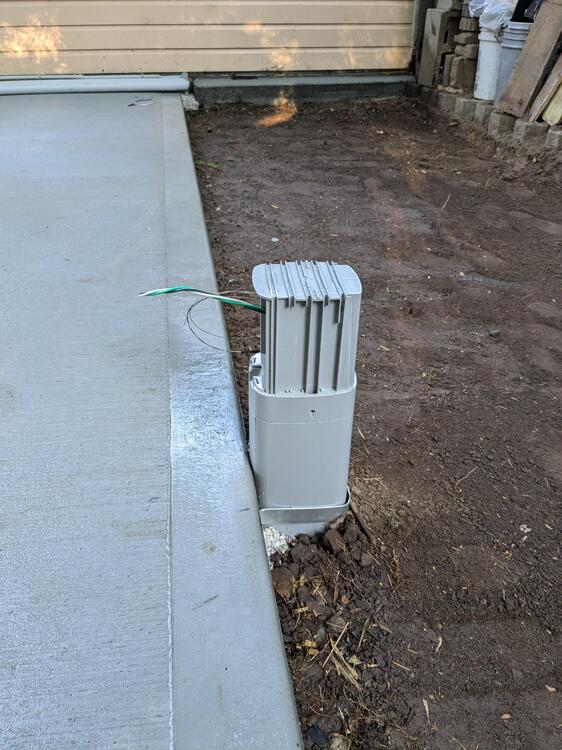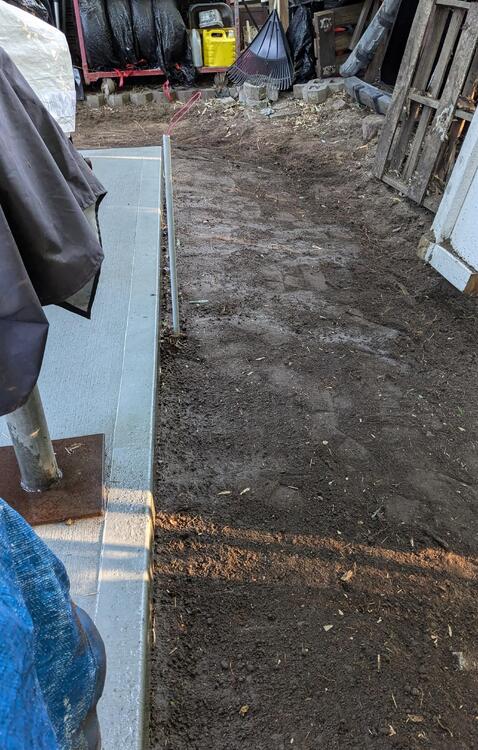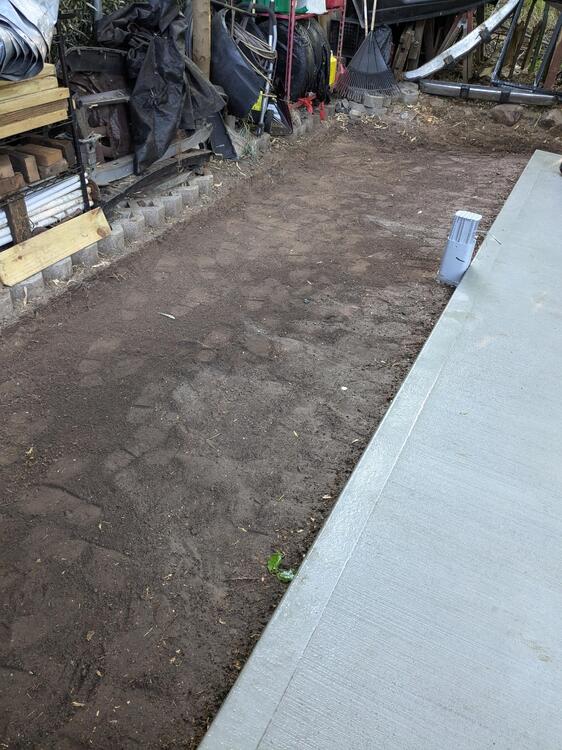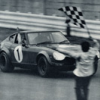I've been shopping again recently and today a lot of packages arrived.
First, i found some original "Datsun Genuine Spare parts" stickers in switzerland. I always wanted those, but i never came across them. These seem to be original vintage stickers. as they have some wear marks and the material feels old. also the color is slightly faded on one sticker.
Recently i also came across a set of original Datsun color sample charts. Even though not 240Z related, i like to collect those, because they're rare and don't pop up often.
I already own some (see here), but these will add to my collection. So new in are charts for the 100A / 120A, 160J / 140J, 260C / 200C, 180B / 160B.
Recently i also found a nice set of Nissan "Sports option catalogues" in Japan. I already own a few of those, but the whole lot was a nice find, so i made sure i get them. The Z432-R is specially rare and some of the others were missing. I think my collection is pretty complete now...
For those who don't know. These are basically the pre-NISMO era Option / Competition parts offerings from the Factory, back in the day.
Some deals take a bit longer, and i've been working to get this lot for quite a few months, but thanks to my man Rob, i finally got the parts today. It's a NOS parts lot, including many rare rubber and plastic parts in good shape. All the small things you don't find very often and are good to have!
The lot included: A set of front and rear bumper rubbers:
A upper and lower hood lock set, and a set of rear quarter window rubbers
Various dust boots, O-rings, a Fuel tank rubber insulator and a Handbrake rod:
A set of rear bumper mounts (which i need right now) and the rear strut top covers:
And a slightly used but very good condition OEM water pump, which i got for my friend, since he was looking for one:
Overall not the largest lot of NOS parts i ever bought, but definitely a quality one!
The seller also showed me some photos of a magazine which he recenty acquired. Road Rat no 17. Issue. It's a beautiful coffe table book with stories road trips etc around japanese (car) culture. Nothing Z-related really, but genererally about some japanese collectors cars, great photos and definitely worth a look for those who like high quality images and something to read on a rainy day!
It was sold out on the publishers website, but luckily a swiss company still sells them (worldwide)
I also got a bunch of excess Datsun 240Z Steering wheel mounts (see here for details😞
And this TechnoVersions diff mount. I don't think i will use it, but a friend ordered some and i made sure i get one just-in-case 🙂
I still have two deliveries pending and one sea-freight pallette in Japan in preparation, so there will be more to show soon. Overall im pretty happy and excited that the parts allow me to work on a few things that were on hold.
 Subscriber
Subscriber 2Points1,282Posts
2Points1,282Posts




